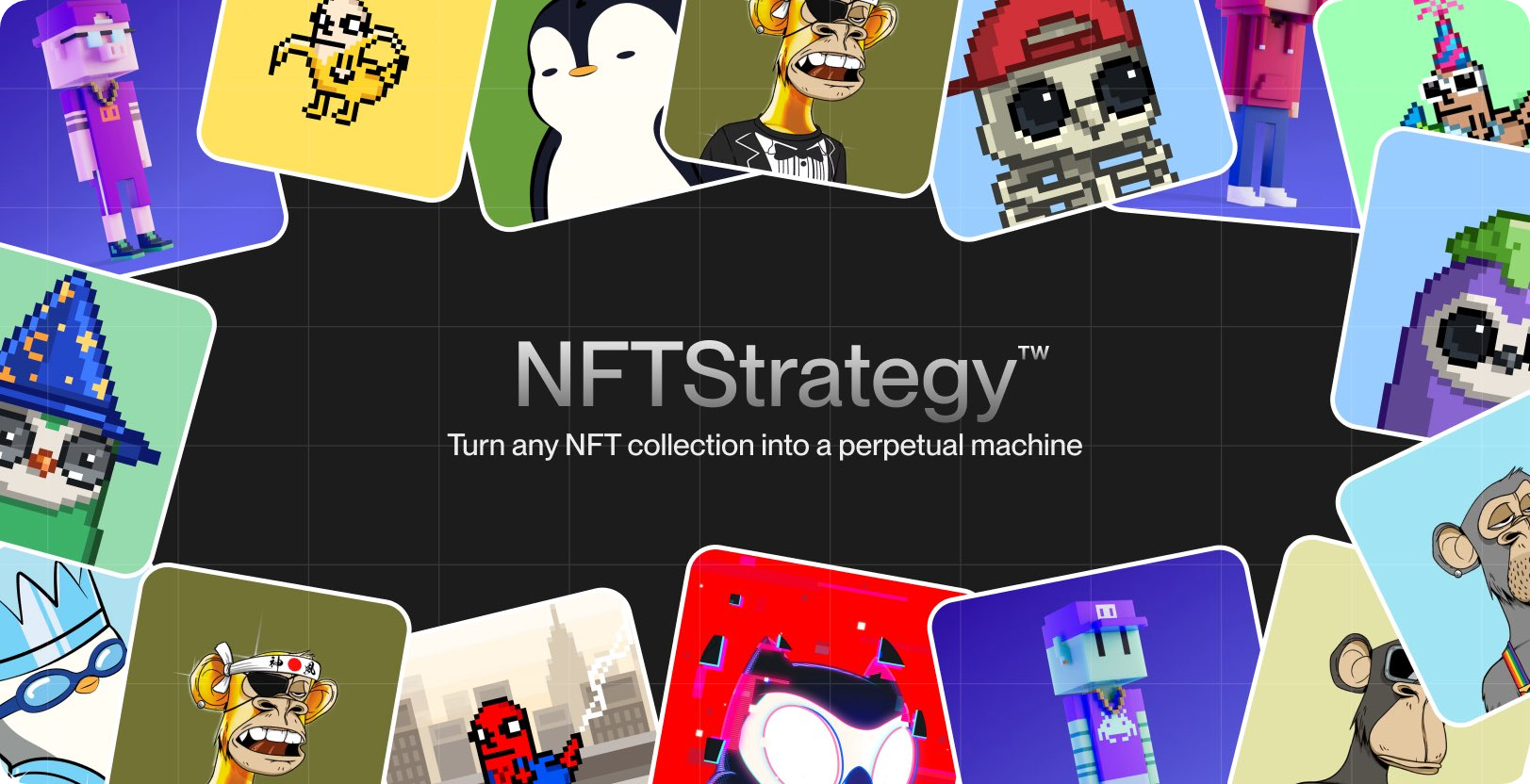NFTStrategy: Extending the PunkStrategy Flywheel

When I first wrote about PunkStrategy on September 8th, the $PNKSTR market cap was ~$1M. Fast forward to today, and the token's market cap is now over $21M.
If you missed that article, PunkStrategy is an automated CryptoPunks trading protocol by TokenWorks. The gist: people trade $PNKSTR, meanwhile a 10% swap fee builds up an ETH treasury. When enough ETH has been raised, PunkStrategy then buys the cheapest CryptoPunk available and immediately relists it for sale at 1.2x its purchase price. The ETH from any 'Punk sells is then used to buy and burn $PNKSTR, round and round.
It's a straightforward loop. And it's been humming along well and attracting traders if the $PNKSTR 20x market cap surge since last week is any indication. In that span, PunkStrategy has bought 9 'Punks, resold one, and decentralized its smart contract.
Yet the project also has another big catalyst in the works that's driving interest and making the PunkStrategy approach usable by any NFT collection. Here, cue in NFTStrategy.
How NFTStrategy works

Instead of being tied only to CryptoPunks, NFTStrategy lets any ERC-721 collection spin up its own self-sustaining token loop.
The basics are familiar:
- Every collection can get paired with a single strategy token.
- Trades of that token skim a 10% fee, with the bulk of it (8%) pooling into ETH.
- Once the pool reaches the price of that collection's lowest floor NFT, the protocol buys it and relists it at a 20% markup.
- All ETH from NFT resells go into buying and burning that particular strategy token, and the cycle repeats.
There are also some notable tweaks compared to PunkStrategy’s original model.
With NFTStrategy tokens, 1% of every trade goes back to the collection creator(s) as royalties. Then another 1% is used to buy and burn $PNKSTR, so the original PunkStrategy ecosystem benefits as the new deployments multiply.
Additionally, each NFTStrategy token launches at a $50k market cap with full liquidity seeded, and fees also start at an eye-watering 95% in the first minutes after launch before decaying to 10% to mitigate sniper bots.
Overall, this design means holders of a strategy token can speculate on the floor movement of big collections without needing the upfront ETH to buy in directly. Plus, the protocol can create constant buy pressure on the underlying NFTs, potentially ratcheting floors up over time.
The first expansions and beyond
At launch, TokenWorks is rolling out five inaugural NFTStrategy tokens:
- $APESTR for Bored Apes
- $PUDGYSTR for Pudgy Penguins
- $BIRBSTR for Moonbirds
- $MEEBSTR for Meebits
- $DICKSTR for CryptoDickButts
After these starter deployments, NFTStrategy's second phase will allow any NFT collection owners to launch their own strategy token, while the final phase will let anyone pay to do so.
It’s interesting to see how much trading volume each STR token needs before it starts buying each underlying NFT.
— Sergito ❚ ❚ (@sergitosergito) September 18, 2025
Meebits: 10.4e
Dickbutts: 17.5e
Birbs: 38.25e
Apes: 116e
Pengus: 130e
Keen to see how things develop out of the gate and if there’s any rotation strategies later
Zooming out
NFTStrategy is slated to launch today, September 18th. If it works as designed, the implications can be big.
What TokenWorks is really testing here is whether you can turn NFT floors into programmable economic machines that are win-win for creators and collectors.
Of course, these tokenomic loops depend on sustained trading activity. But if traction holds, NFTStrategy could mark the start of a new class of financial primitives for NFTs where collections double as automated flywheels.
Whether this proves to be a fad or the foundation of a lasting meta remains to be seen, though either way, it’s one of the more fascinating experiments to hit the NFT scene this year. Keep your eyes peeled for how things ramp up here accordingly.